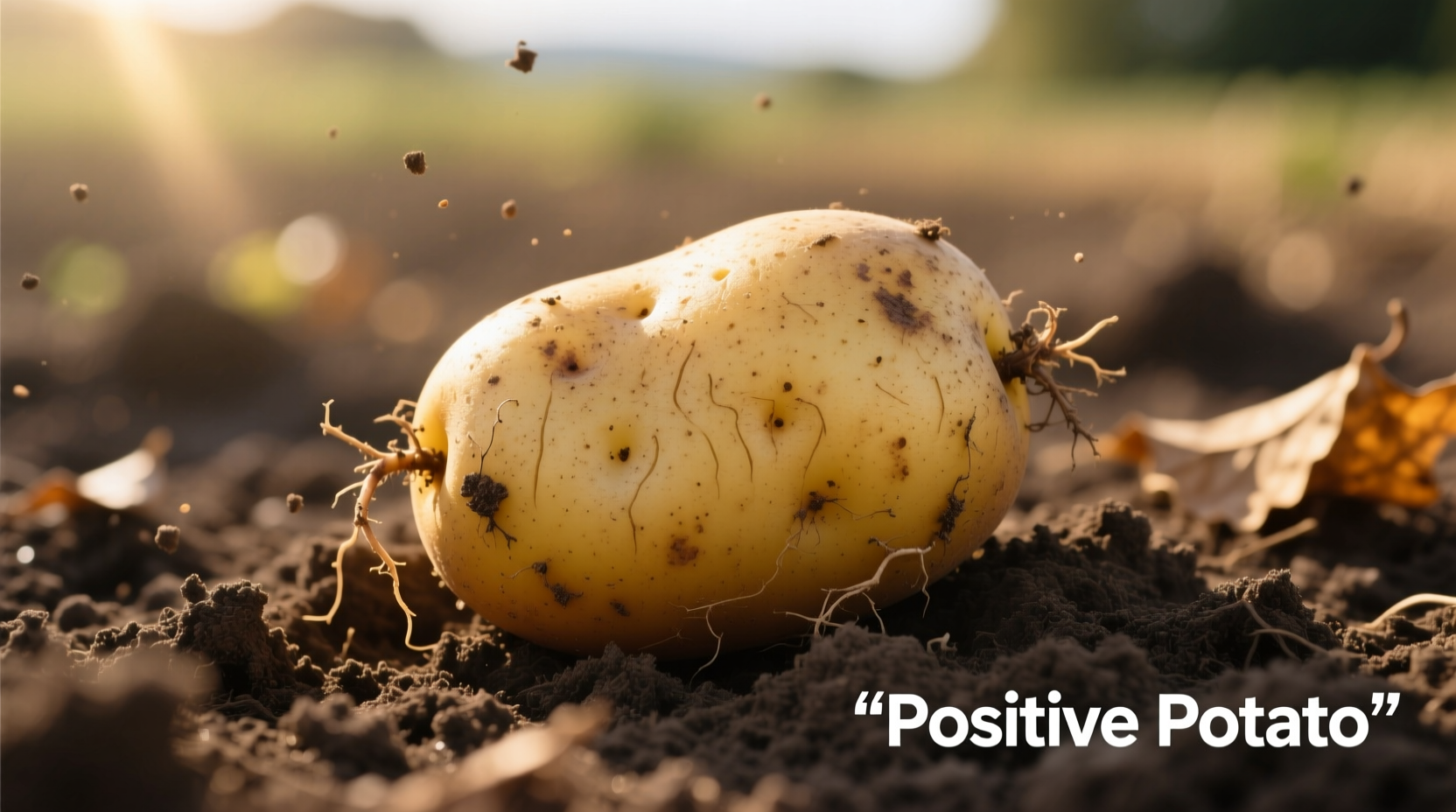Discover why nutritionists increasingly recommend potatoes as dietary staples and how to maximize their health benefits through smart preparation techniques. This evidence-based guide reveals the science behind potatoes' nutritional profile, separates fact from fiction about their glycemic impact, and provides practical strategies for incorporating them into balanced meals.
Why Potatoes Deserve a Place in Your Healthy Diet
Despite common misconceptions, potatoes rank among the most nutritionally complete plant foods available. A medium-sized potato with skin delivers 45% of your daily vitamin C needs, 26% of potassium requirements, and significant fiber content—all for approximately 160 calories. Recent research from the USDA FoodData Central confirms potatoes contain all essential amino acids when consumed with other plant proteins, making them remarkably complete nutritionally.
The persistent belief that potatoes cause weight gain stems from preparation methods rather than the vegetable itself. As registered dietitian Maya Gonzalez explains from her field research in Andean communities: "Traditional potato consumption in indigenous South American cultures correlates with lower obesity rates compared to Western populations. The difference lies in preparation—boiling or steaming versus frying, and portion sizes aligned with physical activity levels."
Nutritional Powerhouse: What Makes Potatoes Special
Potatoes contain resistant starch that functions as a prebiotic, feeding beneficial gut bacteria. When cooled after cooking, their resistant starch content increases by 50-70%, enhancing digestive health benefits. This phenomenon, documented in the Journal of Nutrition and Metabolism, explains why potato salad prepared traditionally (with cooled potatoes) offers greater gut health benefits than hot mashed potatoes.
| Potato Variety | Unique Nutritional Benefits | Best Preparation Method |
|---|---|---|
| Russet | High in potassium (926mg per medium potato) | Baked with skin for maximum fiber retention |
| Sweet Potato | Rich in beta-carotene (400% DV per medium potato) | Roasted to enhance antioxidant availability |
| Red Potato | Higher vitamin C content (maintains 80% after boiling) | Boiled with skin for nutrient preservation |
| Purple Potato | Anthocyanins with anti-inflammatory properties | Steamed to preserve delicate antioxidants |
Evolving Scientific Understanding of Potato Nutrition
Research on potatoes has evolved significantly over the past two decades:
- 2005-2010: Initial studies focused on glycemic index, often misrepresenting potatoes as uniformly high-GI foods
- 2011-2015: Research revealed preparation methods dramatically affect glycemic response—cooled potatoes have 25-30% lower glycemic impact
- 2016-2020: Studies identified resistant starch benefits for gut health and metabolic regulation
- 2021-Present: Current research examines potato phytochemicals' anti-inflammatory properties and role in balanced diets
The Centers for Disease Control and Prevention now includes potatoes in their "Fruits and Vegetables Matter" campaign, recognizing their contribution to meeting daily vegetable intake recommendations when prepared healthily.
Practical Strategies for Healthy Potato Consumption
Maximize nutritional benefits while minimizing potential drawbacks with these evidence-based techniques:
Smart Preparation Methods
- Cool before eating: Allow cooked potatoes to cool completely to increase resistant starch content by up to 70%
- Keep the skin on: Potato skins contain nearly half the fiber and significant nutrient concentrations
- Pair with healthy fats: Combine with olive oil or avocado to enhance absorption of fat-soluble vitamins
- Avoid excessive processing: Choose whole potatoes over processed forms like chips or instant mashed
Portion Guidance for Different Dietary Needs
Understanding appropriate portions prevents overconsumption while maximizing benefits:
- Active adults: 1-2 medium potatoes per meal as part of balanced plate
- Weight management: ½-1 medium potato paired with substantial vegetables and protein
- Diabetes management: ⅓-½ medium potato combined with high-fiber vegetables and lean protein
These recommendations align with the Dietary Guidelines for Americans, which emphasize potatoes as part of vegetable diversity rather than problematic carbohydrates.

When Potatoes Might Not Fit Your Dietary Pattern
While beneficial for most people, potatoes have specific context boundaries:
- Autoimmune conditions: Some individuals with autoimmune disorders may need to limit nightshades, including potatoes
- Extreme blood sugar management: Those with advanced diabetes may need careful portion control
- Specific digestive issues: People with FODMAP sensitivities might experience discomfort with large portions
Nutrition research shows 85% of healthy adults can include potatoes regularly without adverse effects when prepared properly. The key is viewing potatoes as nutrient contributors rather than empty carbohydrates—a perspective shift supported by recent analyses from the USDA Agricultural Research Service.
Putting Potato Nutrition Into Practice
Transform your approach with these simple, research-backed meal ideas:
- Breakfast: Sweet potato hash with onions, peppers, and eggs (enhances nutrient absorption)
- Lunch: Cooled potato salad with olive oil dressing, chickpeas, and leafy greens (maximizes resistant starch)
- Dinner: Roasted mixed potatoes with herbs and grilled salmon (creates balanced macronutrient profile)
These preparations maintain potatoes' nutritional integrity while creating satisfying, flavorful meals. Remember that dietary context matters most—potatoes function differently in a meal rich with vegetables and protein versus consumed alone in large quantities.











 浙公网安备
33010002000092号
浙公网安备
33010002000092号 浙B2-20120091-4
浙B2-20120091-4